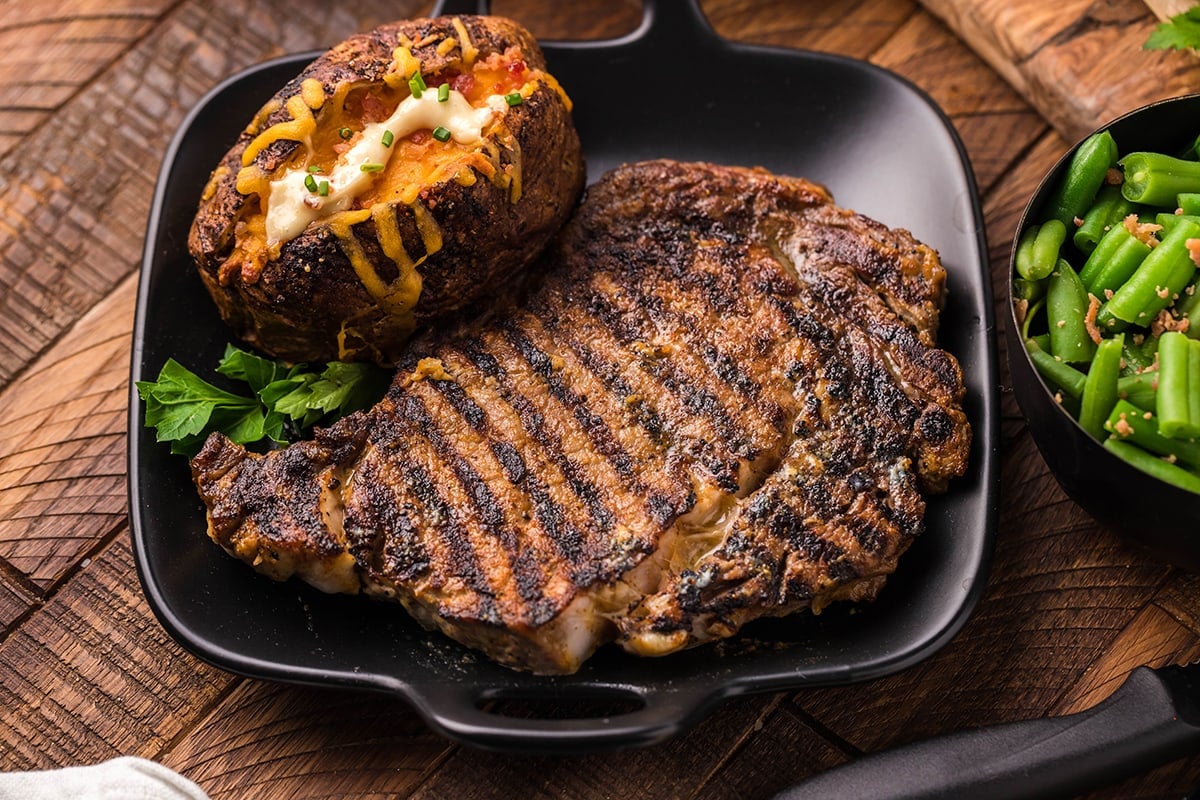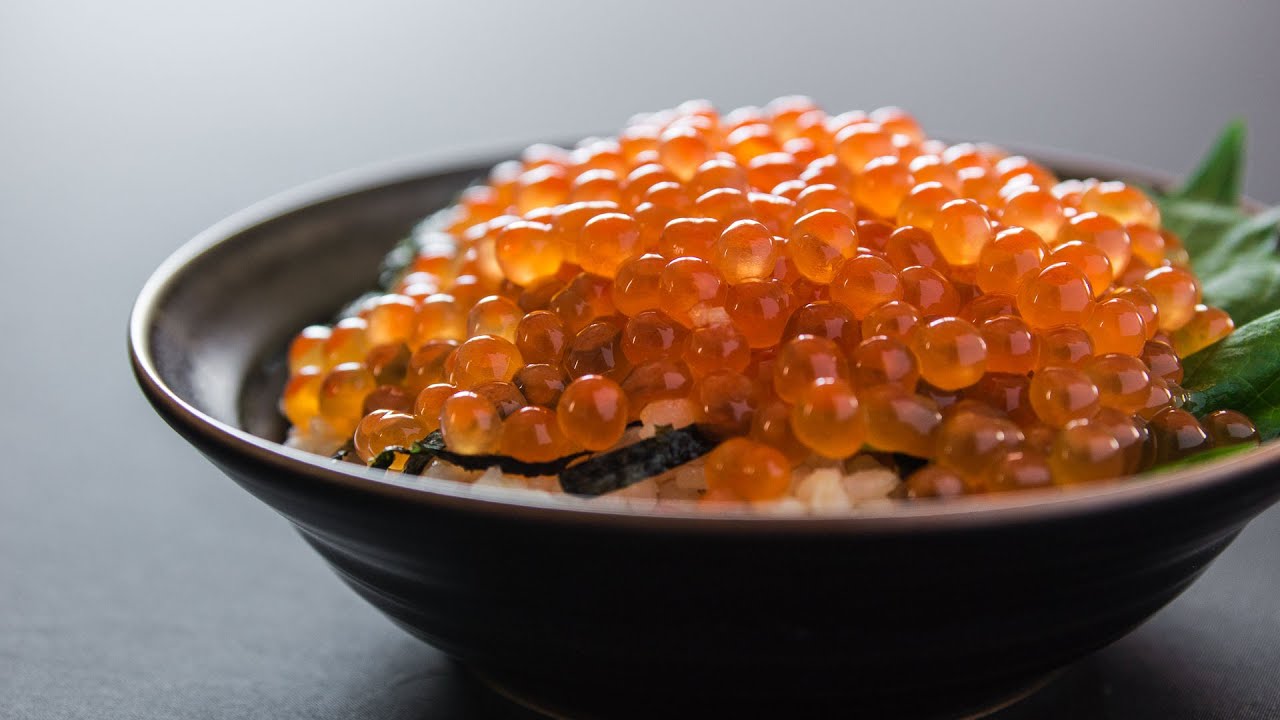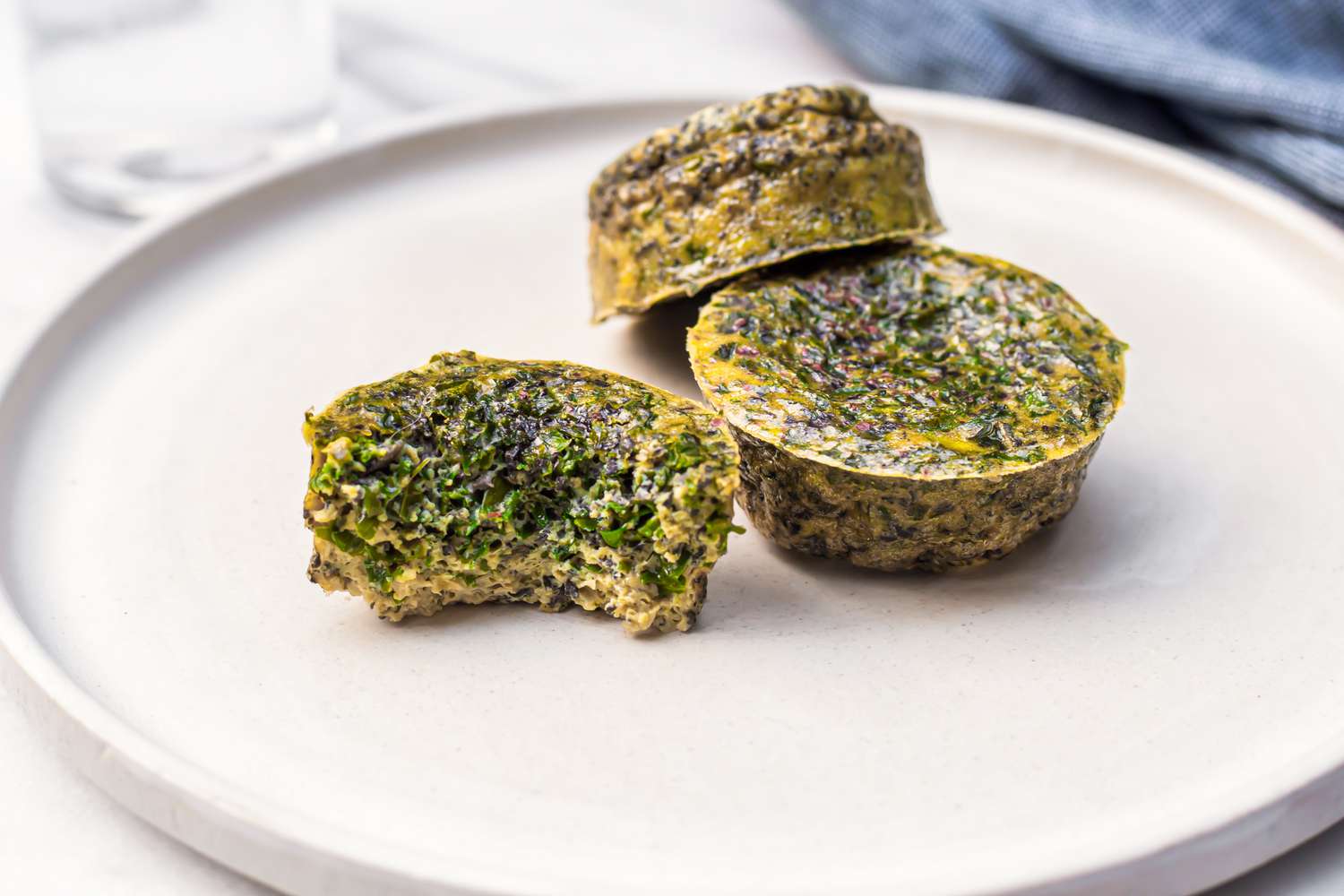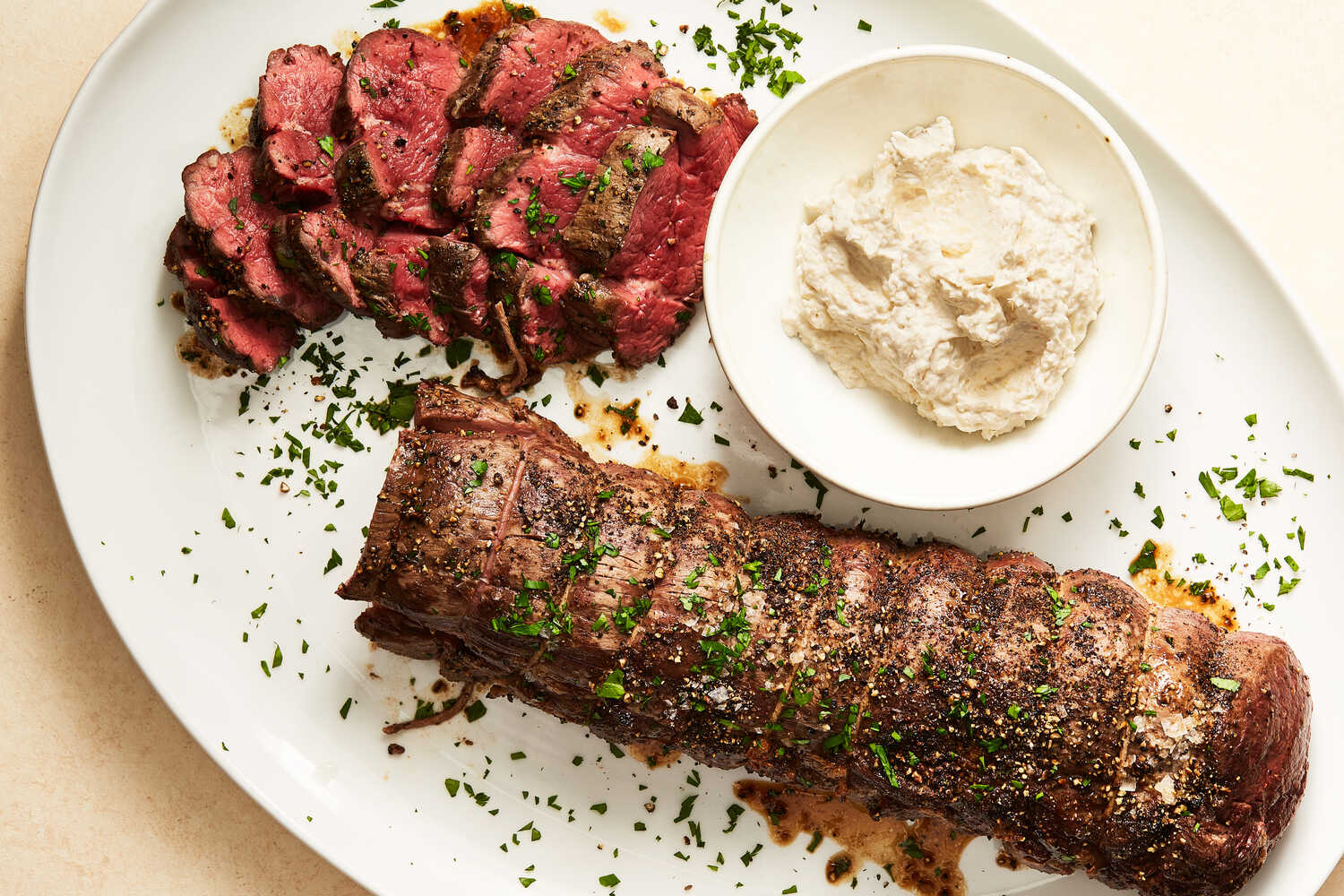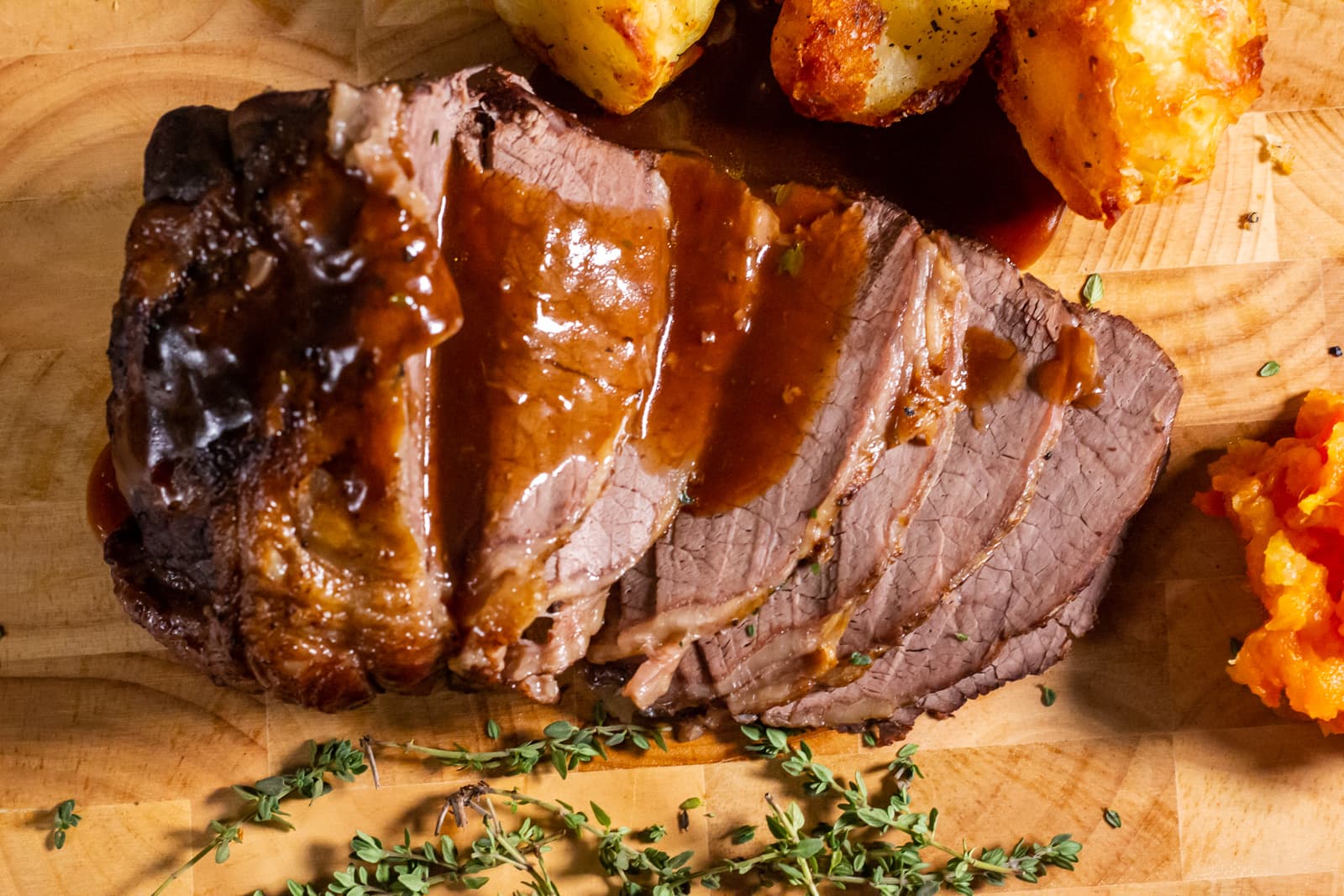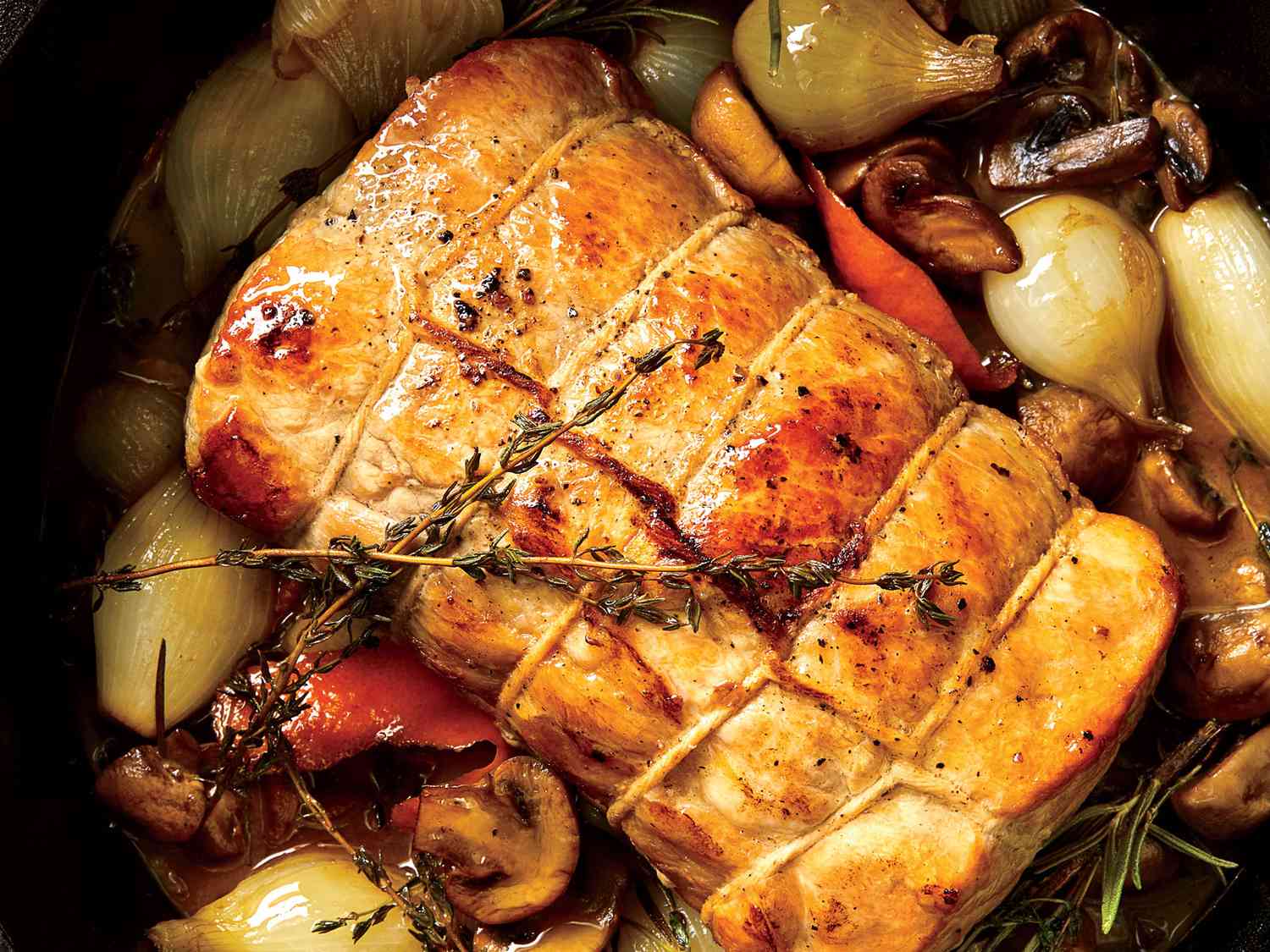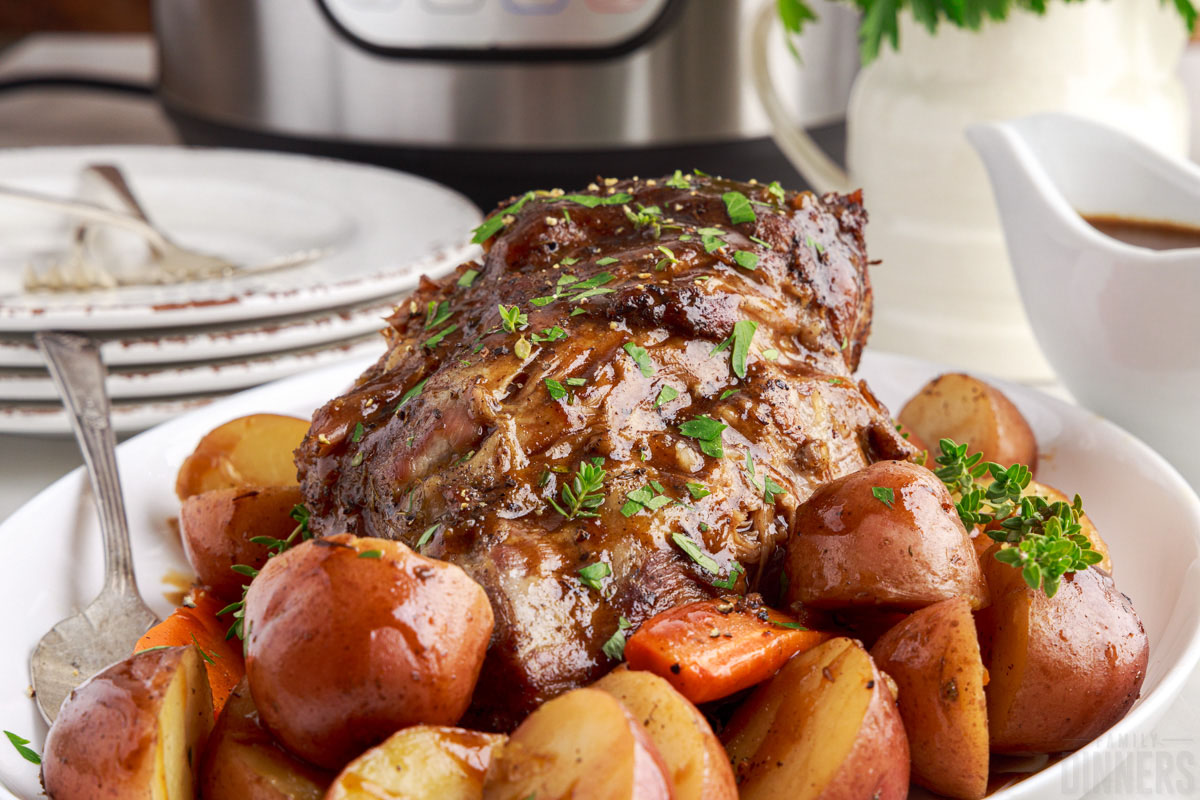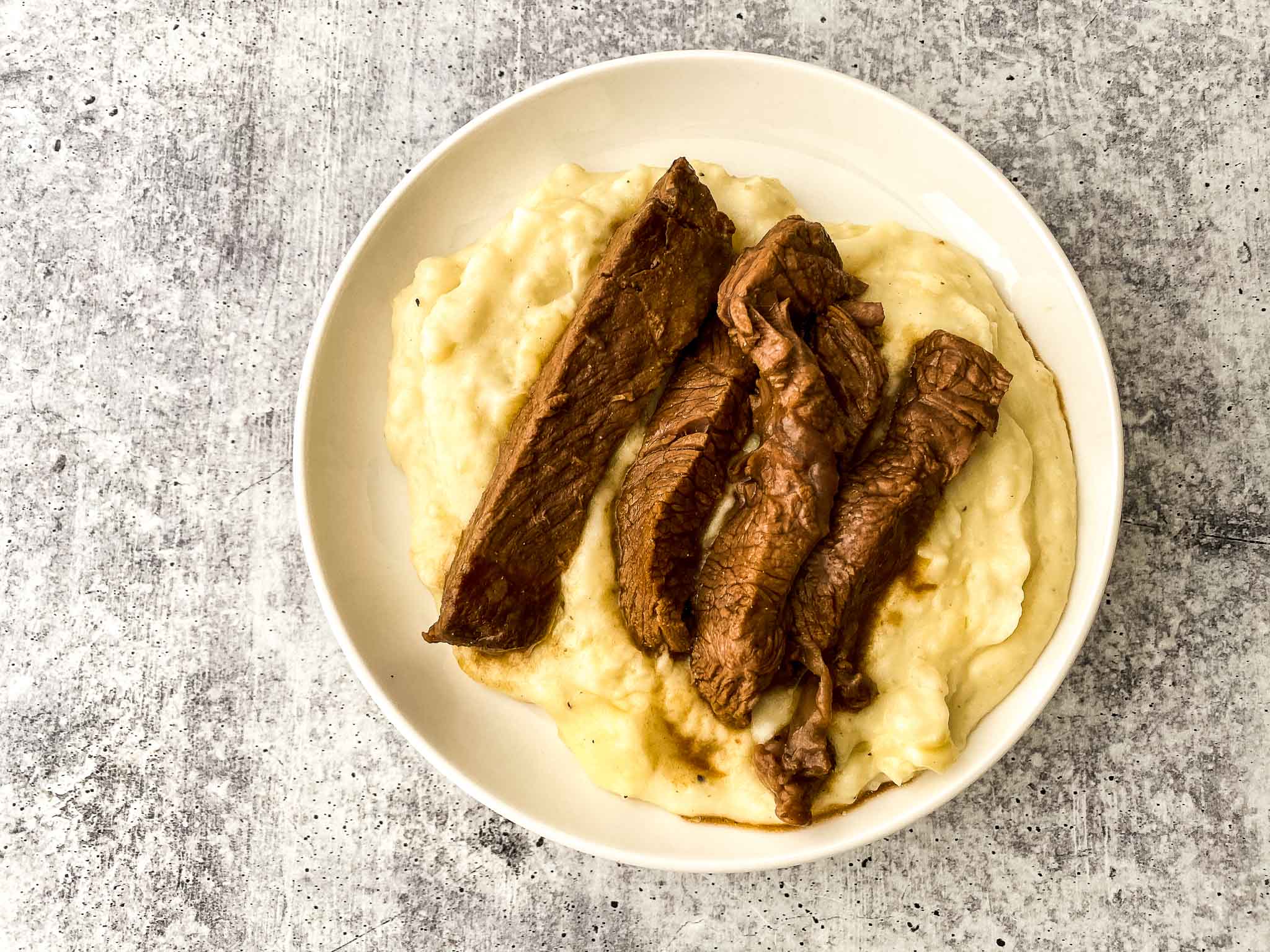Discover the Exquisite Art of Cooking Big Eye Tuna
Big Eye Tuna, also known as Thunnus obesus, is a highly prized species among seafood enthusiasts. Its distinct flavor, firm texture, and rich, oily flesh make it a delicacy that can be enjoyed in various culinary creations. If you’re eager to explore the world of cooking this delectable fish, this guide will walk you through the process, helping you create an unforgettable dining experience.
Preparation is Key
Before diving into the cooking process, it’s essential to get your ingredients and tools ready. To cook the perfect Big Eye Tuna dish, gather the following:
- Fresh Big Eye Tuna steaks
- Olive oil
- Lemon or lime juice
- Garlic cloves
- Freshly ground black pepper
- Kosher salt
- Herbs and spices of your choice (such as dill, thyme, or paprika)
Choose Your Cooking Method
Big Eye Tuna can be enjoyed in various cooking styles. Here are a few popular methods:
- Searing: Heat a skillet over high heat and add olive oil. Season the tuna steaks with salt and pepper, then sear them for a minute or two on each side until they develop a beautiful crust. The inside should remain rare to medium-rare for the best flavor.
- Grilling: Preheat your grill to medium-high heat. Brush the tuna steaks with olive oil and season them with salt, pepper, and your choice of herbs. Grill each side for approximately 2-3 minutes per inch of thickness, until the fish is opaque but still moist.
- Ceviche: For a refreshing and tangy twist, marinate thinly sliced Big Eye Tuna in citrus juice, such as lemon or lime, for around 30 minutes. The acid in the juice will “cook” the fish, giving it a unique texture and flavor. Add diced onions, tomatoes, cilantro, and a pinch of salt to complete this zesty dish.
Enhance the Flavor
To bring out the best in your Big Eye Tuna, consider complementing it with flavorful sauces or accompaniments. Here are a few ideas:
- Wasabi and soy: Create a dipping sauce by combining soy sauce with a touch of wasabi. This classic pairing adds a delightful kick.
- Mango salsa: Prepare a vibrant salsa with diced mango, red bell peppers, red onions, jalapeños, cilantro, lime juice, and a pinch of salt. This fruity salsa perfectly balances the richness of the tuna.
- Sesame ginger glaze: Mix together soy sauce, sesame oil, minced ginger, minced garlic, and a hint of honey. Brush this glaze onto the tuna during the cooking process for an irresistible umami flavor.
Plate and Serve
When it’s time to serve your Big Eye Tuna creation, aim for an elegant and visually appealing presentation. Consider the following plating suggestions:
- Slice the cooked tuna into thin, even pieces and arrange them neatly on a bed of mixed greens.
- Garnish the plate with thinly sliced fresh vegetables, such as cucumbers or radishes, to add color and crunch.
- Drizzle a spoonful of your chosen sauce or glaze over the tuna to enhance both the flavor and presentation.
Now that you’re armed with the knowledge of cooking Big Eye Tuna, it’s time to unleash your culinary creativity. Whether you decide to sear, grill, or make ceviche, this versatile fish promises to elevate your dining experience. So, gather your ingredients, try out different cooking methods, and get ready to savor the sensational flavors of Big Eye Tuna!
The guide offers an array of recipes to try using Big Eye Tuna. For those seeking a quick yet elegant dish, Seared Big Eye Tuna with Wasabi Soy Dipping SauceSeared Big Eye Tuna is a must-try, offering a delightful mix of flavors. If you're in the mood for something refreshing, Big Eye Tuna Ceviche with Lime and CilantroBig Eye Tuna Ceviche is perfect, combining the zest of lime with fresh cilantro. For a more substantial meal, Big Eye Tuna Poke Bowl with Avocado and RiceBig Eye Tuna Poke Bowl is both nutritious and satisfying, blending fresh tuna with creamy avocado. Lastly, Blackened Big Eye Tuna with Spicy Cajun RubBlackened Big Eye Tuna delivers a spicy kick that pairs wonderfully with the meaty texture of the tuna.
Was this page helpful?
Read Next: How To Cook Sirloin Steak Strips
